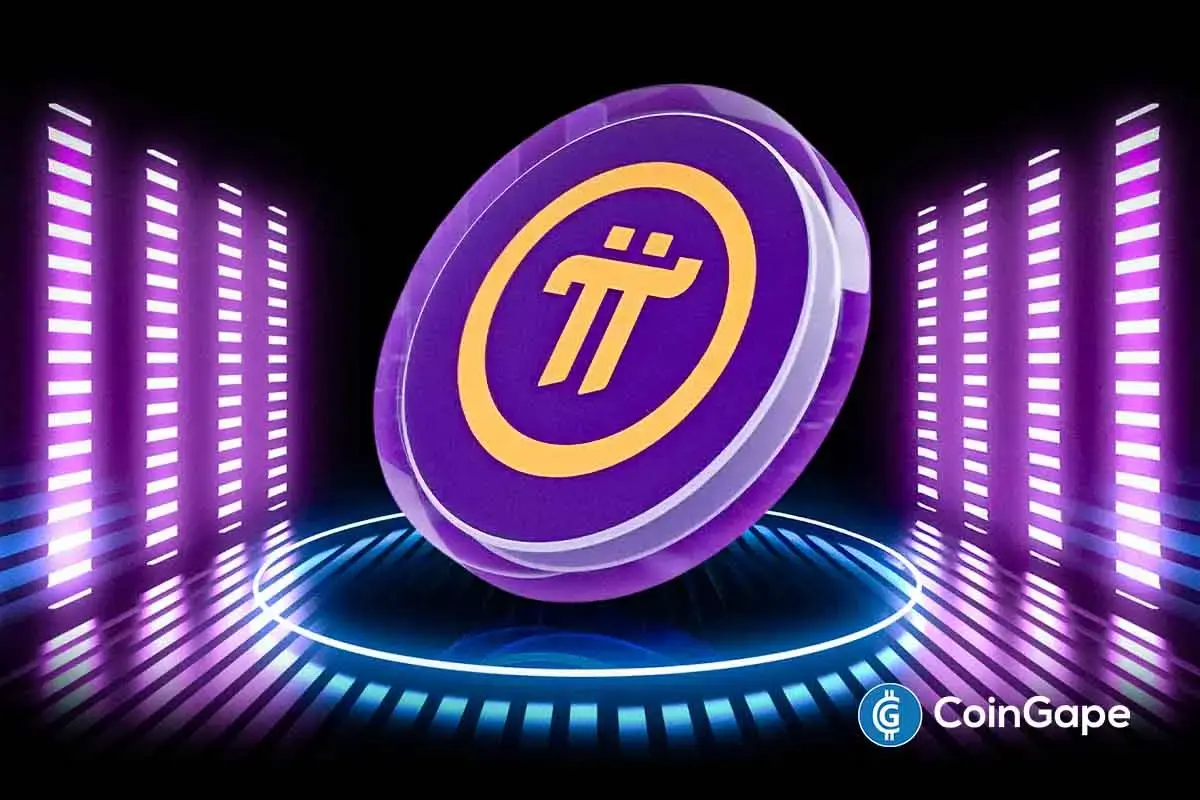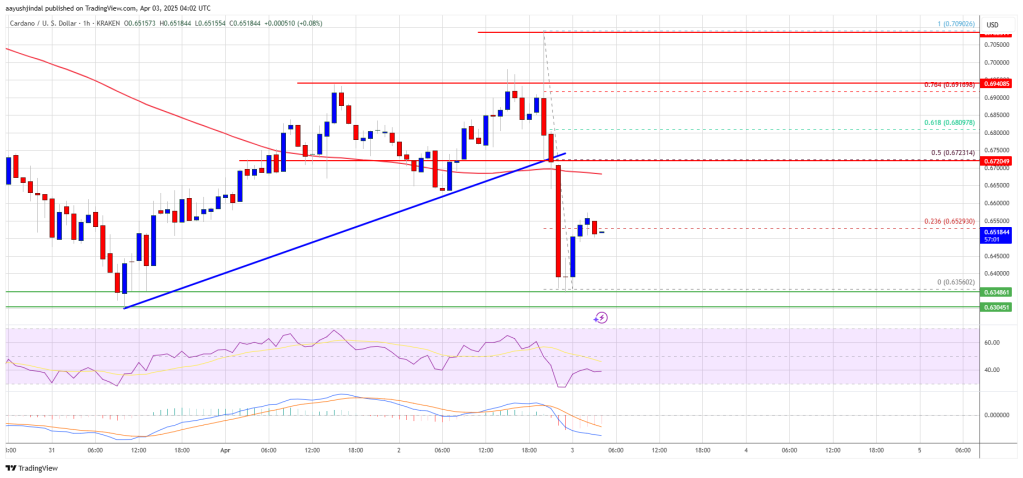Market
Rachel Conlan on Binance’s Expansion and Community

During ETHWarsaw, held on 5-6 September 2024, BeInCrypto had the exclusive opportunity to attend a special event organized by Binance, where key representatives shared insights into the company’s growth and future plans. Among the highlights of the event was an insightful interview with Rachel Conlan, Binance’s Global Chief Marketing Officer, who played a crucial role in shaping the company’s global marketing strategy.
The event, dedicated to select media outlets, offered an intimate setting for discussions on the crypto landscape, particularly in markets like Poland and LATAM. Rachel Conlan shared her thoughts on Poland’s growing role in the European crypto ecosystem, citing high adoption rates and a thriving tech-savvy population. This conversation, held against the backdrop of ETHWarsaw, also touched on the broader global trends impacting Binance, including increased institutional interest and the company’s focus on community-driven growth.
BeInCrypto Meets Rachel Conlan at ETHWarsaw
Jakub Dziadkowiec (JD): Hello Rachel! How are you doing today?
Rachel Conlan (RC): I’m well. How are you doing? Thank you for joining us today.
JD: Thank you. It was a pleasure listening to your speech at the beginning of our lunch here at ETHWarsaw. Could you briefly explain your role at Binance and share some of the most recent developments you’ve been covering?
RC: I am the Global Chief Marketing Officer at Binance. I’ve got the most fun role within the business, but it’s also one of the most challenging because I’m responsible for growing the industry. I’ve been in the role for a couple of years now, and I’m really lucky to work with Richard Teng, our founders, and the broader team.
Binance is in a strong position right now. After seven years, we’ve reached 219 million users, which is an incredible milestone. But it’s also a huge responsibility because it means we must continuously improve our products, optimize what we already have, and ensure Binance is always safe and secure for our users.
JD: That sounds like a lot of responsibility.
RC: It definitely is. But when we think about it, our user base is still in its early stages of growth.

The Growth Potential of Crypto Adoption
JD: Yes, this is one of the main points you often emphasize—that crypto is still in the early adoption phase, with a lot of room for growth. What’s your take on that? How much growth potential do you see?
RC: The potential to unlock is still enormous. Currently, global crypto penetration is around 5-6%, representing roughly 500-600 million users. Many users have second or third accounts, but the adoption is still in its early stages.
Recently, we’ve seen significant attention on the industry—since ETF approval in December, the Bitcoin halving, and the influx of institutions into the space. From a marketing perspective, this momentum is a dream.
I was with the Google team last week, and they mentioned that Bitcoin became the most searched financial product globally in the first quarter of 2024. This kind of spotlight is incredibly exciting, and we’re fully committed to supporting our existing community while engaging with the next generation of crypto users, who are entering for various reasons.
Traveling and Expanding Binance’s Global Presence
JD: You’ve been traveling a lot, given your global marketing responsibilities. Can you share some of the places you’ve visited recently, and what your plans are for the next few months?
RC: Over the past year, I’ve probably visited around 25 different countries with Binance. Most recently, I spent time in the LATAM region, which is an important and rapidly growing market for us. The crypto penetration there ranges from 12% to 20%.
People in LATAM use crypto for different reasons, from using stablecoins to protect their assets against high inflation and unstable governments, to institutional trading and high-level training.
However, I arrived here in Poland just yesterday, and it’s my first time visiting. I’m Irish, and I’ve had Polish friends for over 20 years, but seeing the appetite and curiosity for crypto and blockchain here is extraordinary. Poland is far ahead of much of Europe in terms of crypto penetration.
JD: That leads me to my next question. You’ve mentioned that Poland ranks in the top three European countries within the Binance ecosystem. Could you elaborate on how you perceive Poland as a market for Binance, both in Europe and globally?
RC: One thing I love about the crypto industry, having worked in traditional finance for a long time, is how it’s turning the global financial map upside down. When we grew up, cities like New York, London, Hong Kong, and Singapore were seen as financial hubs.
But now, we’re seeing places like Dubai and Abu Dhabi take leading positions in crypto. Poland is another prime example—its crypto penetration is at 11.7%, while most of Europe is at just 5%. That’s a significant difference.
Poland’s Role in the Global Crypto Ecosystem
JD: That’s quite close to the LATAM region penetration rates you mentioned earlier. What do you think drives this high adoption rate in Poland?
RC: I believe there are two main reasons, from an outsider’s perspective. First, Poland has an incredibly tech-savvy and digitally literate population that’s very engaged with the digital world—not just in terms of trading, but in the broader crypto and blockchain industry.
Second, this has led to the rise of incredible businesses and Web3 startups coming out of Poland. Even just walking around the ETHWarsaw conference, you can feel the energy and enthusiasm for the space.
JD: That’s true. As a Pole, it’s great to see how local events are becoming international ones, with esteemed guests like yourself and representatives from top global crypto companies. It’s amazing that we’re establishing new crypto financial centers for the future.
RC: Exactly! The landscape of financial centers could look completely different in the next few decades. Just last night, we had 500 crypto enthusiasts join us for a meet-up, and I got to hear their stories—how they got into the industry. Some were recent adopters, while others were OGs.
There’s so much potential here, and Poland has the appetite and infrastructure to support it. One interesting fact I learned this week is that Poland ranks in the top 10 globally for the number of crypto ATMs. That’s a significant achievement and a big part of making crypto accessible for the next generation.
Accessibility and Community in Crypto Adoption
JD: That focus on accessibility resonates with our traditional banking system as well. Poland has a highly developed payment system called BLIK, which allows users to send money instantly peer-to-peer, without the need for bank interference. This kind of technological development is a great foundation for the growth of crypto adoption.
RC: Yes, it’s a huge opportunity. You’re right — localization is key, not just having a presence but ensuring we’re speaking the local language and addressing the needs of each community. That’s something we’re focusing on at Binance as well. It’s not just about talking to these communities but engaging with them at a grassroots level.
JD: That must be costly, right? Establishing small, local communities requires specialists in each area. But I imagine it’s worth the effort to build these growing communities. For example, I recently met David Princay, who’s been a mastermind in growing Binance communities in France and other European markets.
RC: David is amazing! He was one of our former Binance Angels. Speaking of which, our Binance Angels program operates globally, and we have around 500 Angels who are early crypto adopters dedicated to sharing their knowledge. They volunteer their time, and their incentives are non-monetary.
Poland accounts for 2% of the global program, which is impressive considering we’re in 100 markets. These Angels support our educational initiatives, spending time both online and in person with communities, helping people understand how to navigate what can sometimes be a complex industry.
JD: Rachel, thank you so much for the interview. It’s been a pleasure talking with you.
RC: I really appreciate it. Thank you so much!
Disclaimer
In compliance with the Trust Project guidelines, this opinion article presents the author’s perspective and may not necessarily reflect the views of BeInCrypto. BeInCrypto remains committed to transparent reporting and upholding the highest standards of journalism. Readers are advised to verify information independently and consult with a professional before making decisions based on this content. Please note that our Terms and Conditions, Privacy Policy, and Disclaimers have been updated.
Market
Stablecoin Regulation Bill Passes US House as Market Heats Up
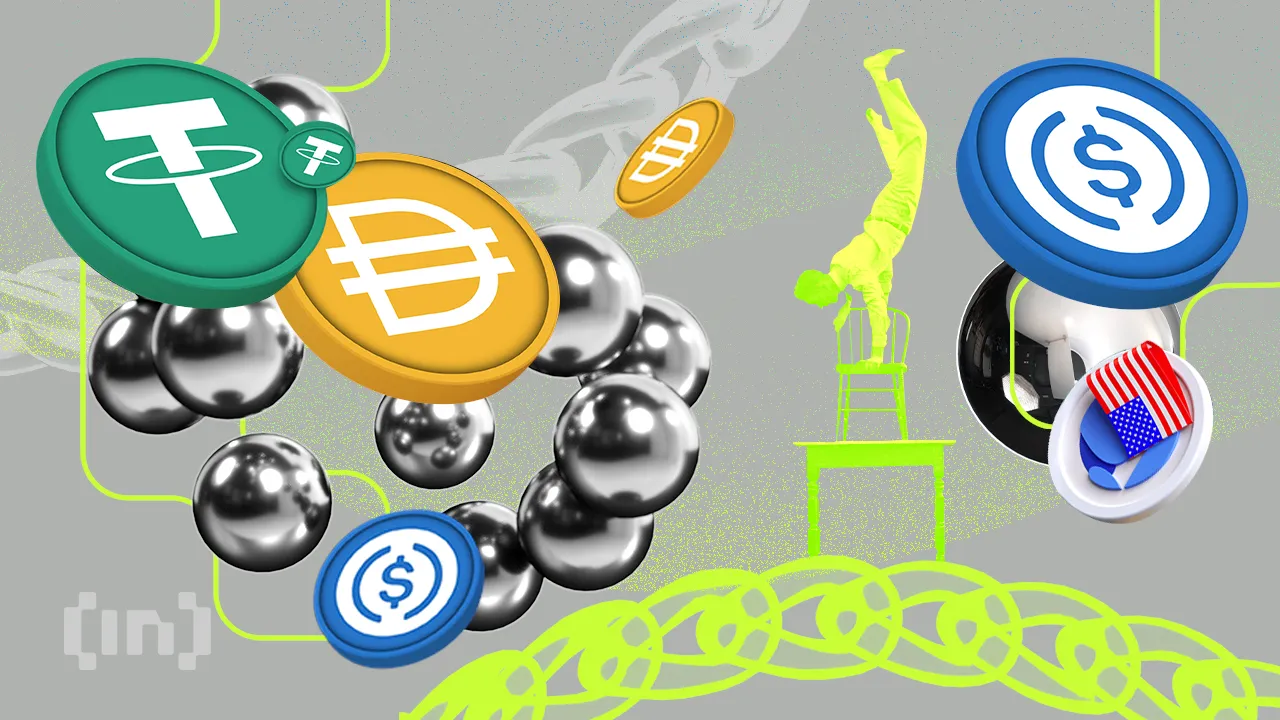
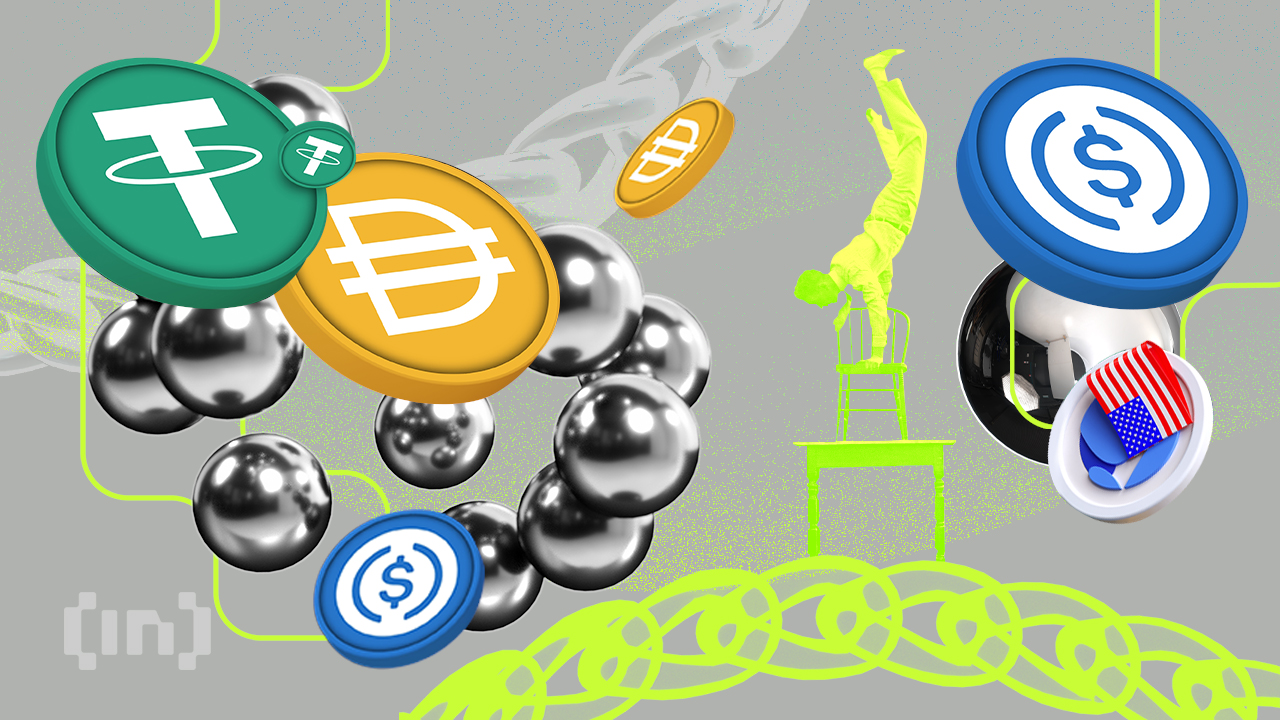
The US House Financial Services Committee voted 32-17 to pass the Stablecoin Transparency and Accountability for a Better Ledger Economy (STABLE) Act of 2025, aimed at stablecoin regulation.
This legislative milestone comes amid growing activity in the stablecoin market. Competition is heating up as major traditional financial institutions prepare to enter the space.
STABLE Act Passes Committee Vote
Chairman French Hill and Representative Bryan Steil spearheaded the legislation (H.R. 2392). It seeks to establish a robust framework for stablecoin issuance, mandating 1:1 reserve backing, monthly audits, and AML requirements.
“This legislation is a foundational step toward securing the future of financial payments in the United States and solidifying the dollar’s continued dominance as a world reserve currency,” Representative Steil remarked.
The bill’s passage saw bipartisan support, with six Democrats voting in favor. Notably, this comes shortly after the US Senate Committee on Banking, Housing, and Urban Affairs greenlit the GENIUS Act. The bill passed in a bipartisan 18-6 vote.
“The bills await debate time on the floor and a vote in their respective chambers,” Journalist and Host of Crypto In America, Eleanor Terrett, noted.
According to Terrett, efforts are underway to align the two bills closely over the next few weeks. The aim is to address differences between the bills. Aligning them will make it easier to proceed without creating additional complications.
“If they can get them to be in relatively the same place on their own, it will avoid having to set up a so-called conference committee which is formed so members from both chambers can negotiate to create a final version of the bill everyone agrees on,” she added.
Stablecoin Competition Heats Up, but Are There Signs of a Purge?
The drive for legislation occurs alongside rising activity in the stablecoin market. Global players are joining the fray.
For instance, in Japan, Sumitomo Mitsui Banking Corporation (SMBC) and major entities have signed a Memorandum of Understanding (MoU). The MoU initiates joint discussions on the potential use of stablecoins for future commercialization.
“This Agreement will see SMBC, Fireblocks, Ava Labs, and TIS collaborate to develop a framework for stablecoin issuance and circulation, including exploring key technical, regulatory, and market infrastructure requirements both in Japan and further afield. This Joint Discussion will not only focus on pilot projects but will aim to concretely define use cases for ongoing business applications,” the notice read.
In addition, Bank of America’s CEO previously revealed plans to launch a stablecoin once proper regulation is in place. Notably, BeInCrypto reported last month that the Office of the Comptroller of the Currency (OCC) had granted national banks and federal savings associations permission to provide crypto custody and certain stablecoin services.
That’s not all. The state of Wyoming is set to launch its own stablecoin, WYST, in July. Fidelity has also announced similar plans. Moreover, President Trump-backed World Liberty Financial officially launched its USD1 stablecoin in late March. This highlights continued interest in stablecoin adoption across both private and public sectors.
Meanwhile, Ripple announced the integration of its Ripple USD (RLUSD) into Ripple Payments. Changpeng Zhao (CZ), former CEO of Binance, reacted to the development on X.
“Stablecoin war, I mean healthy competition, just getting started,” CZ said.
As competition intensifies, the stablecoin market is also facing growing pains. Despite new entrants gaining traction, some players face heightened scrutiny.
Justin Sun, founder of Tron (TRX), recently accused First Digital Trust of insolvency. Following Sun’s allegations, First Digital USD (FDUSD) temporarily depegged.
The market’s future may hinge on the survival of only the most compliant and resilient stablecoins. This leads to a potential “purge” where weaker players fail to meet the increasing regulatory and market demands.
Disclaimer
In adherence to the Trust Project guidelines, BeInCrypto is committed to unbiased, transparent reporting. This news article aims to provide accurate, timely information. However, readers are advised to verify facts independently and consult with a professional before making any decisions based on this content. Please note that our Terms and Conditions, Privacy Policy, and Disclaimers have been updated.
Market
Ethereum Price Recovery Stalls—Bears Keep Price Below $2K

Reason to trust

Strict editorial policy that focuses on accuracy, relevance, and impartiality
Created by industry experts and meticulously reviewed
The highest standards in reporting and publishing
Strict editorial policy that focuses on accuracy, relevance, and impartiality
Morbi pretium leo et nisl aliquam mollis. Quisque arcu lorem, ultricies quis pellentesque nec, ullamcorper eu odio.
Ethereum price attempted a recovery wave above the $1,880 level but failed. ETH is now trimming all gains and remains below the $1,880 resistance zone.
- Ethereum failed to stay above the $1,850 and $1,880 levels.
- The price is trading below $1,850 and the 100-hourly Simple Moving Average.
- There was a break below a key bullish trend line with support at $1,865 on the hourly chart of ETH/USD (data feed via Kraken).
- The pair must clear the $1,865 and $1,890 resistance levels to start a decent increase.
Ethereum Price Fails Again
Ethereum price managed to stay above the $1,800 support zone and started a recovery wave, like Bitcoin. ETH was able to climb above the $1,850 and $1,880 resistance levels.
The bulls even pushed the price above the $1,920 resistance zone. However, the bears are active near the $1,950 zone. A high was formed at $1,955 and the price trimmed most gains. There was a break below a key bullish trend line with support at $1,865 on the hourly chart of ETH/USD.
A low was formed at $1,781 and the price is now consolidating near the 23.6% Fib retracement level of the downward move from the $1,955 swing high to the $1,781 low.
Ethereum price is now trading below $1,850 and the 100-hourly Simple Moving Average. On the upside, the price seems to be facing hurdles near the $1,850 level. The next key resistance is near the $1,865 level and the 50% Fib retracement level of the downward move from the $1,955 swing high to the $1,781 low.
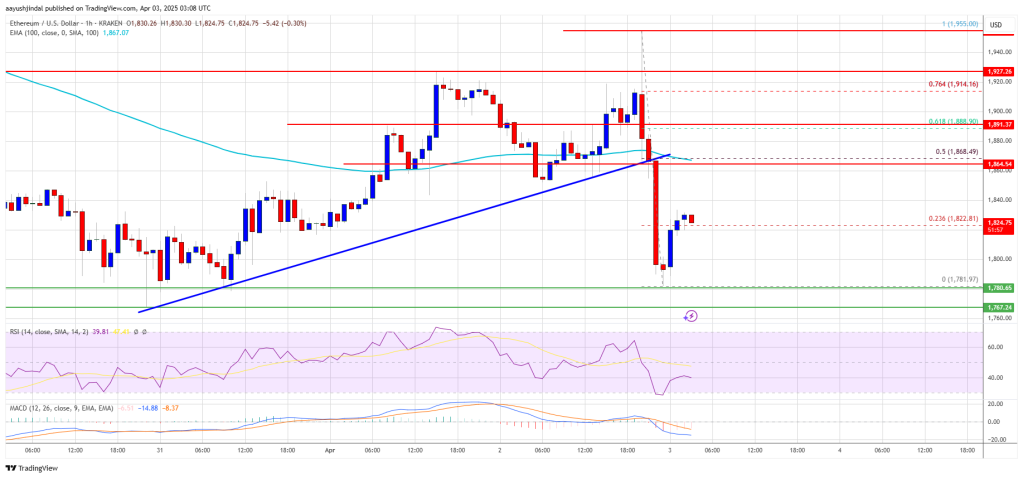
The first major resistance is near the $1,920 level. A clear move above the $1,920 resistance might send the price toward the $1,950 resistance. An upside break above the $1,950 resistance might call for more gains in the coming sessions. In the stated case, Ether could rise toward the $2,000 resistance zone or even $2,050 in the near term.
Another Decline In ETH?
If Ethereum fails to clear the $1,865 resistance, it could start another decline. Initial support on the downside is near the $1,800 level. The first major support sits near the $1,780 zone.
A clear move below the $1,780 support might push the price toward the $1,720 support. Any more losses might send the price toward the $1,680 support level in the near term. The next key support sits at $1,620.
Technical Indicators
Hourly MACD – The MACD for ETH/USD is gaining momentum in the bearish zone.
Hourly RSI – The RSI for ETH/USD is now below the 50 zone.
Major Support Level – $1,780
Major Resistance Level – $1,865
Market
Cardano (ADA) Downtrend Deepens—Is a Rebound Possible?
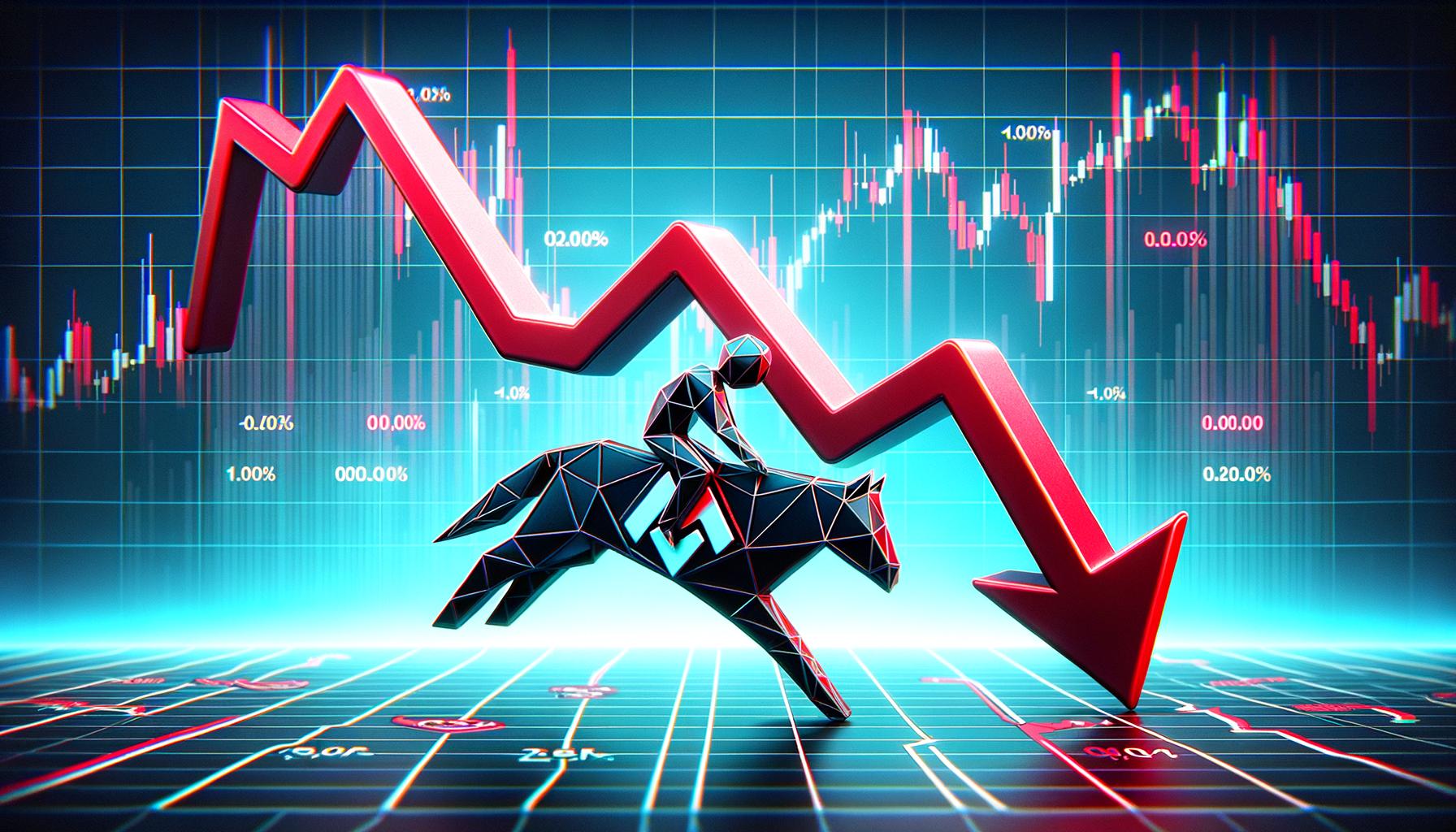
Cardano price started a recovery wave above the $0.680 zone but failed. ADA is consolidating near $0.650 and remains at risk of more losses.
- ADA price failed to recover above the $0.70 resistance zone.
- The price is trading below $0.680 and the 100-hourly simple moving average.
- There was a break below a connecting bullish trend line with support at $0.6720 on the hourly chart of the ADA/USD pair (data source from Kraken).
- The pair could start another increase if it clears the $0.70 resistance zone.
Cardano Price Dips Again
In the past few days, Cardano saw a recovery wave from the $0.6350 zone, like Bitcoin and Ethereum. ADA was able to climb above the $0.680 and $0.6880 resistance levels.
However, the bears were active above the $0.70 zone. A high was formed at $0.7090 and the price corrected most gains. There was a move below the $0.650 level. Besides, there was a break below a connecting bullish trend line with support at $0.6720 on the hourly chart of the ADA/USD pair.
A low was formed at $0.6356 and the price is now consolidating losses near the 23.6% Fib retracement level of the recent decline from the $0.7090 swing high to the $0.6356 low. Cardano price is now trading below $0.680 and the 100-hourly simple moving average.
On the upside, the price might face resistance near the $0.6720 zone or the 50% Fib retracement level of the recent decline from the $0.7090 swing high to the $0.6356 low. The first resistance is near $0.6950. The next key resistance might be $0.700.
If there is a close above the $0.70 resistance, the price could start a strong rally. In the stated case, the price could rise toward the $0.7420 region. Any more gains might call for a move toward $0.7650 in the near term.
Another Drop in ADA?
If Cardano’s price fails to climb above the $0.6720 resistance level, it could start another decline. Immediate support on the downside is near the $0.6420 level.
The next major support is near the $0.6350 level. A downside break below the $0.6350 level could open the doors for a test of $0.620. The next major support is near the $0.60 level where the bulls might emerge.
Technical Indicators
Hourly MACD – The MACD for ADA/USD is losing momentum in the bearish zone.
Hourly RSI (Relative Strength Index) – The RSI for ADA/USD is now below the 50 level.
Major Support Levels – $0.6420 and $0.6350.
Major Resistance Levels – $0.6720 and $0.7000.
-

 Market23 hours ago
Market23 hours agoBNB Price Faces More Downside—Can Bulls Step In?
-

 Regulation18 hours ago
Regulation18 hours agoKraken Obtains Restricted Dealer Registration in Canada
-

 Bitcoin24 hours ago
Bitcoin24 hours agoTokenized Gold Market Cap Tops $1.2 Billion as Gold Prices Surge
-

 Bitcoin20 hours ago
Bitcoin20 hours agoLummis Confirms Treasury Probes Direct Buys
-

 Altcoin14 hours ago
Altcoin14 hours agoHere’s Why This Analyst Believes XRP Price Could Surge 44x
-
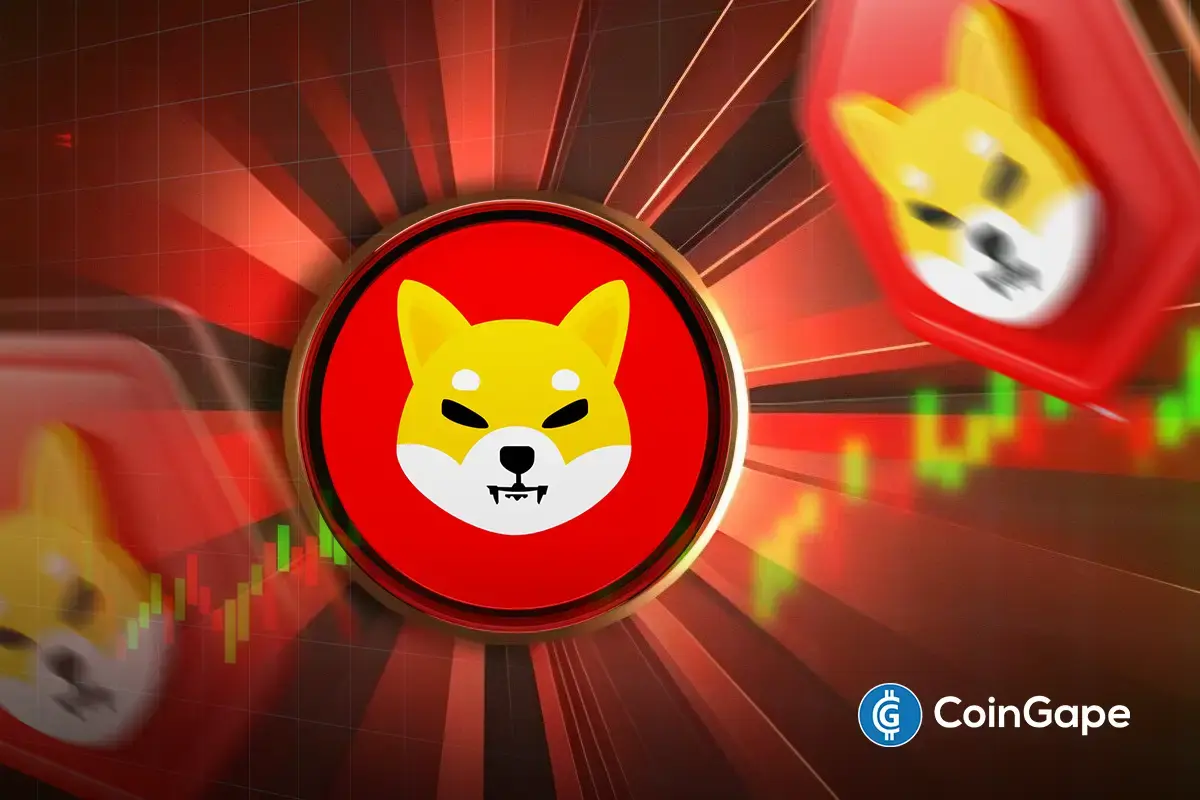
 Altcoin22 hours ago
Altcoin22 hours agoWhat’s Fueling The Shibarium Boost?
-

 Altcoin13 hours ago
Altcoin13 hours agoHow Will Elon Musk Leaving DOGE Impact Dogecoin Price?
-

 Altcoin10 hours ago
Altcoin10 hours agoFirst Digital Trust Denies Justin Sun’s Allegations, Claims Full Solvency


